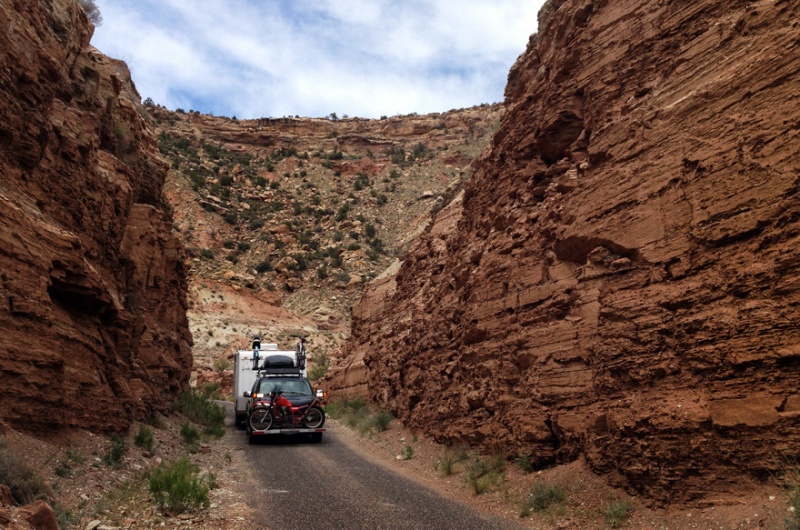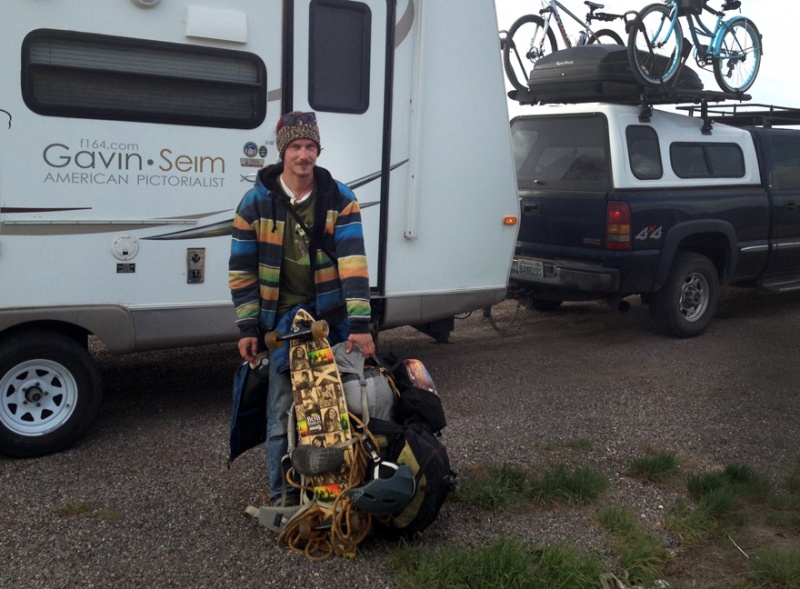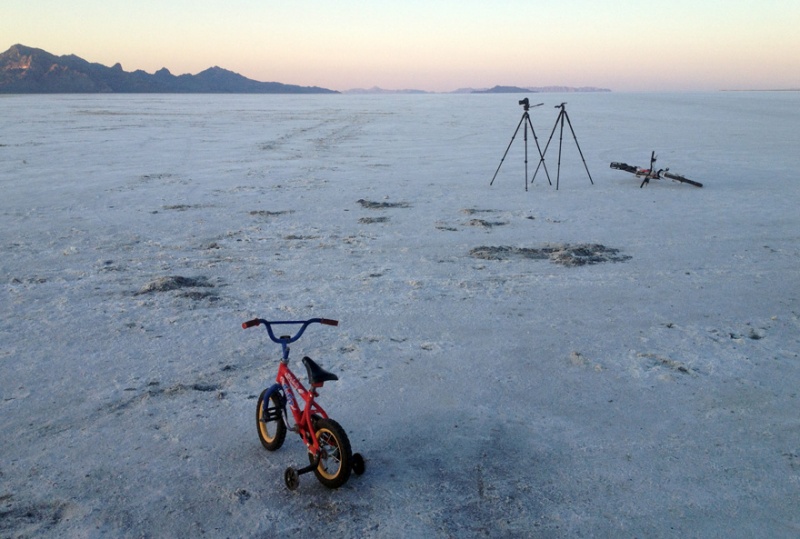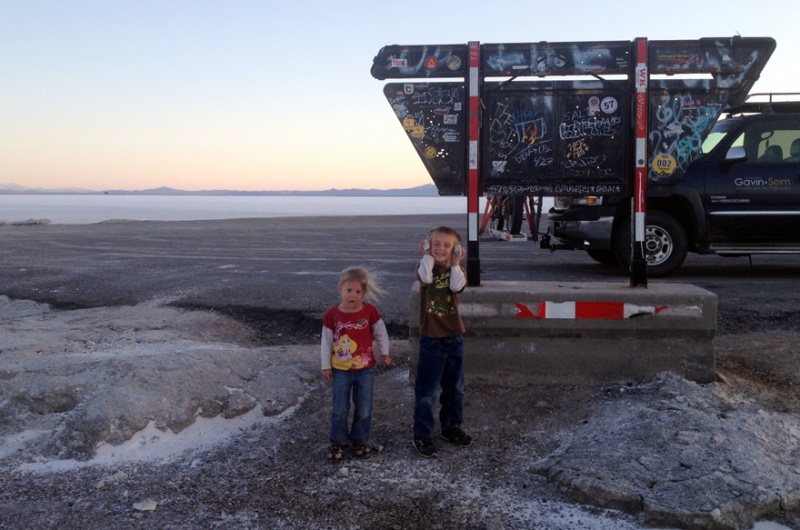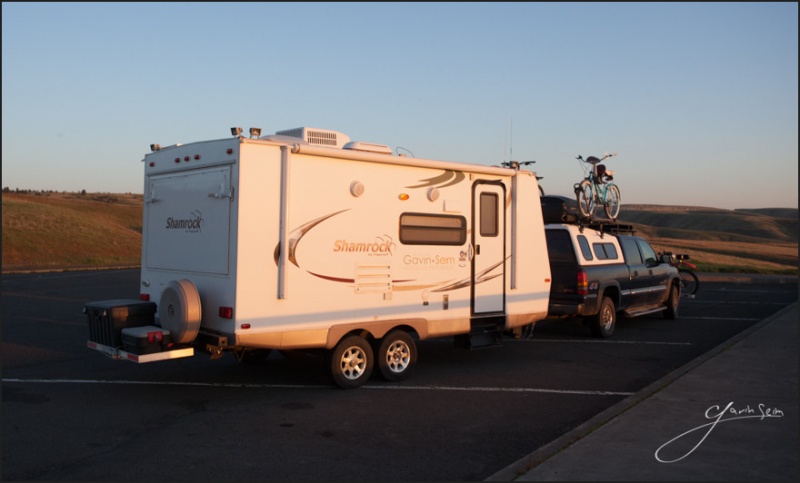
I’m Gavin Seim. We’re out to explore as we attempt to make images and film that do justice to the beauty America. There’s lots of projects on the menu so we can pay bills and keep gas in the tank. We live mostly by the seat of our pants and enjoy the ride.
On Feb 2nd 2013 we set out for the road trip of 2013 – It’s a tad intimidating but quite amazing. We don’t hang out in RV parks or campgrounds. Months on the road in the Super Camper with my wife Sondra and our kids, Cyrus (5) Ariana (3) and Asher (1). There’s new products to test, new images to make, new stories to tell. Last year the big project was the EXposed Light Workshop. This year we’re working on a brand new film called Photographics. By the way, you can learn more about our rig and tips on how we camp in this article.
With Facebook pages becoming less effective and the fact that I can’t send out the Light Letter every day, I wanted to share our journey with you in more detail than ever before. So rather than clutter up the journal with endless micro posts, I’ve decided to try something new – A Road Trip Journal.
This journal details our adventures by reverse date. The stuff you normally don’t see. The snapshots, clips, odd happenings and craziness. The things I’m sometimes reluctant to share, being such a perfectionist. That’s what you’ll find here. I hope you join in this adventure. Bookmark this page and come back because we’ll keep updating as long as we can still pound the keys. You can also join my Light Letter below for more updates and stories. Lets roll.
[xyz-ihs snippet=”newsletter”]
FINAL UPDATE: What it’s Like Coming Home – Day 89-91 05/01/13 – 05/03/13
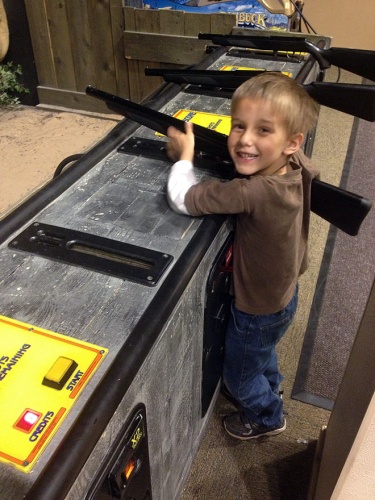
It’s bittersweet as I drive down the hill towards familiar grassy slopes and familiar cities on the map. We watch a Spring sunset and flowers spattering green hills. Three full months on the road we’ve been. An adventure of that won’t be forgotten. Yet a part of me feels somehow less for it coming to an end. Like my spirit of adventure is fading because I long for that slow hot shower, a bed where my toes do not hang over the edge and where my wonderful wife’s elbows do not hit me in the side every time she rolls over.
The last few days lacked the grand adventure you look for at the end of a long trip. The kids got a stomach bug and did what you do when you have that. Sometimes we had two going at once – The miles were long and we needed to get home soon for Wall Portrait Conference. We drove hard that final day. Perhaps longer than we’ve ever done. Over five hundred miles from Twin Idaho to Ephrata WA. It took us about twelve hours between breaks, gas and pauses to clean up the mess from sick kids in the back seat.
“What a lousy way to end such a grand adventure” I thought – But somewhere along the road I stepped into the sunlight and realized it was not. Sometimes we get sick, but it passes. Sometimes things go wrong, we have to make repairs, or we come in late. All of those things happened on this trip. More than once. But they’re part of the memories, part of the adventure. They’re surrounded by moments of laughs and wide eyes glistening at the wounder of creation.
The moment I pull in I’m starting a new vacation. We worked hard on this trip. We played hard. It was a gamble too, but our new film PHOTOGRAPHICS is already showing in the black and the trip is all but profitable both emotionally and fiscally. All that time on the road, but so happy to have a place to call home.
We walk in after 91 days on the road and switch on the lights. The house is still here, warm, waiting. Nearly as we left it but for a few extra cobwebs. A bed, a shower, a late night movie with my wife after the kids are finally asleep. We really are home. Next it’s time to process the film, repair the gear, make the prints and get organized.
On Sunday we’re off for a week again to learn and teach at Wall Portrait Conference. But really we’re home right now. It’s only a couple hours away and among people we know. That home feeling is back. It’s odd. Truly surreal to walk down the isle at the store and for once in so long see people you know. Get a hug from your mom when you walk thru a door, or see neighbors wave as you drive down the street. I honestly feel strange not being the stranger here. But that passes and fades into tales of the adventure and silent longing for more.
As the sun shines on our first day home, a breeze blowing, spring flowers popping out, I realize that the world is still alive and that both home and away are something grand. Appreciating your adventure is how you look at it. There’s nothing like a place to call home, but there’s also nothing like the open road, your wife riding shotgun and kids kicking the back of your seat as the road rolls by. This is living, all of it.
Until the next trip, Gavin Seim.
